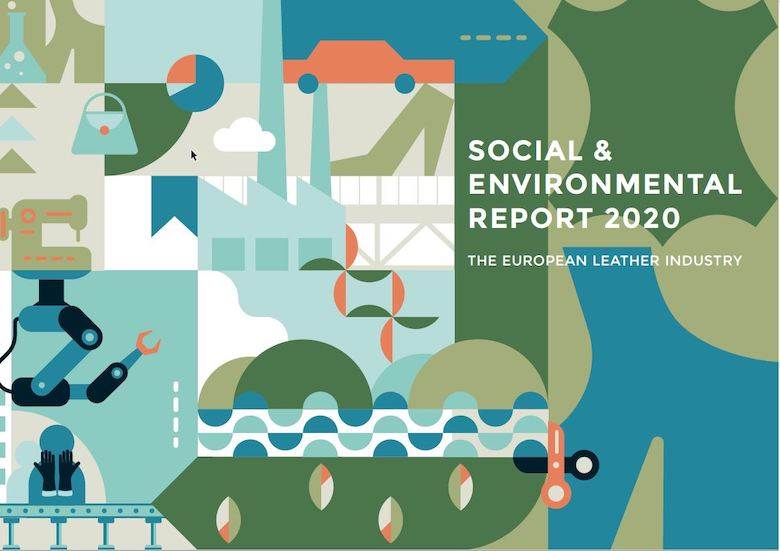COTANCE and industriAll update social and environmental report on leather

European Union leather industry representative body COTANCE and trade union organisation industriAll Europe held an online conference on December 1. The purpose of the event was to bring to a conclusion a project to update a leather industry social and environmental report (SER) that they first produced in 2012.
The updated report included information from 79 companies from 11 European countries, representing 43% of total EU leather production in volume.
Socially, the industry is seen as a stable and reliable employer. More than 50% of people working in the industry in Europe now have been working in leather for more than 10 years. Now, 90% of employees are on permanent contracts, compared to 87.5% in 2012.
In terms of the environmental impact of the industry, COTANCE and industriAll concluded from the work they have carried out to compile the updated report that tanners in Europe have reduced their use of chemicals to 2.15 kilos per square-metre of finished leather. Average water consumption in Europe is now 0.121 cubic-metres per square-metre of finished leather, a reduction of 7% compared to the 2012 report.
The partners said leather manufacturing in Europe is not energy-intensive. Over the last three years, to make 1,000 square-metres of leather, European tanners have consumed, on average, 1.76 tonnes of oil equivalent. The figure in 2012 was 2 tonnes. Tanners have achieved this improvement through investing in new technoloy and in more efficient processes. Most of the energy required is natural gas for heating.
Water treatment plants at tanneries in Europe are now able to eliminate close to 100% of pollutants such as suspended solids, trivalent chromium, Total Kjeldahl Nitrogen (the total concentration of organic nitrogen and ammonia) and sulfides.
“Leather is the best example of a circular-economy product,” they said, on releasing the new report. “Tanners recycle a residue from meat plants. And almost everything that does not go into leather is also recycled [to make gelatine, collagen, casings, fertilisers and so on].”











